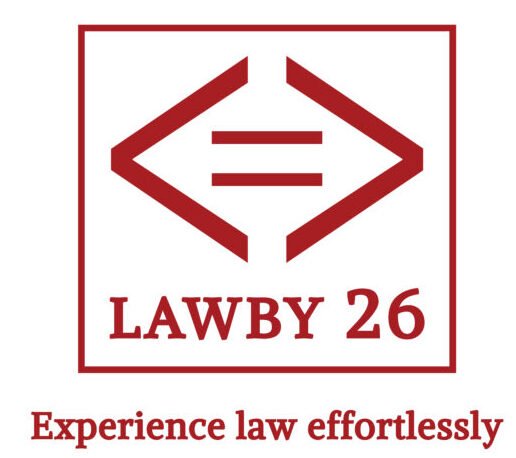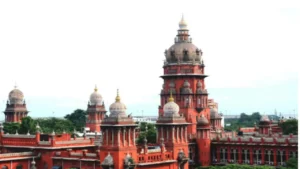A dying declaration is something a person says right before they pass away, explaining what caused their death. It could be direct, where they say it outright, or indirect, hinting at what happened. Basically, it’s the last thing someone says before they die that explains why they are dying.
Section 32 of the Indian Evidence Act, addresses the admissibility of statements made by a person regarding the cause of their death or the circumstances leading to their demise.
Section 32(1) specifies that a dying declaration can be oral or written concerning the relevant facts.
Reliability Checks
In Irfan @ Naka Vs. State of Uttar Pradesh (Criminal Appeal Nos. 825-826 of 2022), The Supreme Court emphasised that dying declarations must be wholly reliable, free from suspicion or coaching, to be the sole basis for conviction. It also mentions admissibility criteria.
In Munna Raja v. State of MP 1976 AIR 2199, 1976 SCR (2) 764, the court cautioned about the admissibility of dying declarations due to the inability to cross examine the declarant, emphasising the need for corroboration as prudent, not mandatory. The court also addressed the proximity between the statement and death’s timing. In this case, FIR was treated as a dying declaration.
Diversity Of Declarations
Regarding multiple dying declarations, the law requires credibility, truthfulness, and the declarant’s physical and mental competence.
In State v. Maregowda, 2002 (1) RCR (Criminal) 376 (Karnataka) (DB) case, even a suicide note found on the deceased’s person could qualify as a dying declaration.
Medical Validation
Medical officers’ opinions play a crucial role in validating dying declarations. Their assessments about the declarant’s consciousness, fitness, and the impact of medication influence a declaration’s admissibility. Additionally, a certificate confirming the declarant’s fit mental state is often obtained, ensuring the credibility of the dying declaration
The Supreme Court has indicated that even incomplete declarations may hold admissibility if they clearly indicate the accused’s guilt, as seen in the Abdul Sattar vs The State Of Mysore AIR 1955 SC 168, 1956 CriLJ 334
However, circumstances that cast doubt on a dying declaration’s genuineness could render it inadmissible. Courts tend to be cautious if the declaration is suspicious, lacking essential details, or surrounded by inconsistencies.
Conclusion
In Courts, dying declarations are like the last words in a storybook, but they need to be clear and reliable to know the complete picture of what happened.
Done By: V. Madhumitha, 5th year B.A, LL.B(Hons.)
SRM University, Kattangulathur
For Origin Law Labs



